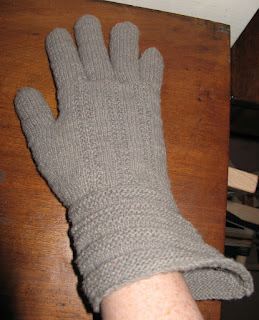I truly have enjoyed making well over one hundred quilted items of all sorts of sizes during the past twenty years or so, and could use any number of clichés when discussing them. “My quilts are like my children – I love them all equally” or “I never met a quilt that I did not like”, etc.. I have to say, though, that this one does hold an extra special place in my heart. This is probably due to the prints and the texture of the material which is from Den Haan & Wagenmakers BV in Amsterdam (http://www.dutchquilts.net/EN_index_.html)
I made this quilt in the late 1990s. I was delighted, at
that stage in my quilting career, to discover a company that was reproducing
the stunning early chintz fabrics as I had been eager to make quilts in the
style of the 18th century using prints from the 17th and
18th centuries. The pattern of this quilt is the square on
point.
This material is a tad heavier than American and British
quilting material. It has a slight gloss or polish to it, too. Neither of these
qualities however makes it difficult to work with, and, as I piece and quilt by
hand, I can attest to its lovely texture. It also works very well for
reproduction clothing. The colours are spectacular, and, in this case, I could
not resist using that dramatic yellow for the backing.
My one problem is getting decent photographs of my quilts.
At this time, I have to rely on tall people holding them up for me so the angle
is not always the best.
This quilt measures 56” square, and the blocks are 5” square
each.
(Apologies for the font sizes which do not match.)
(Apologies for the font sizes which do not match.)





















